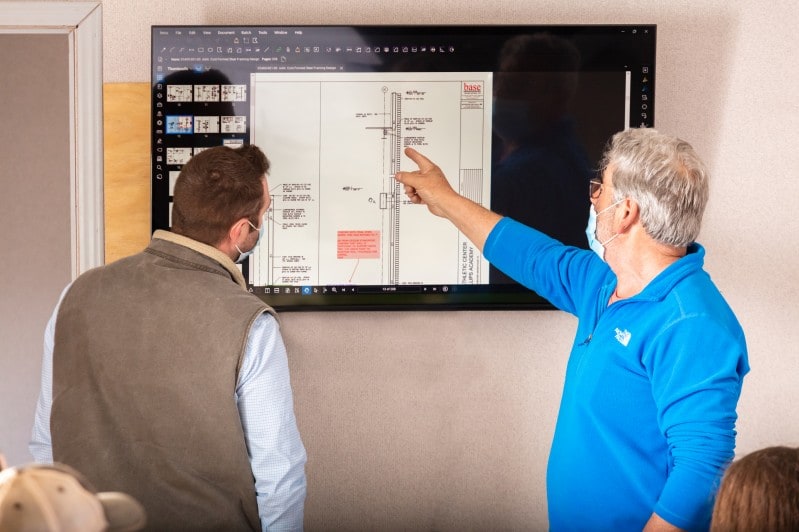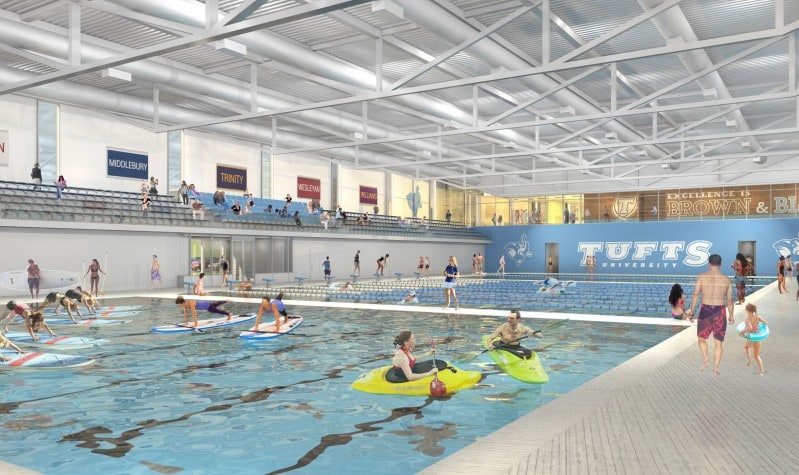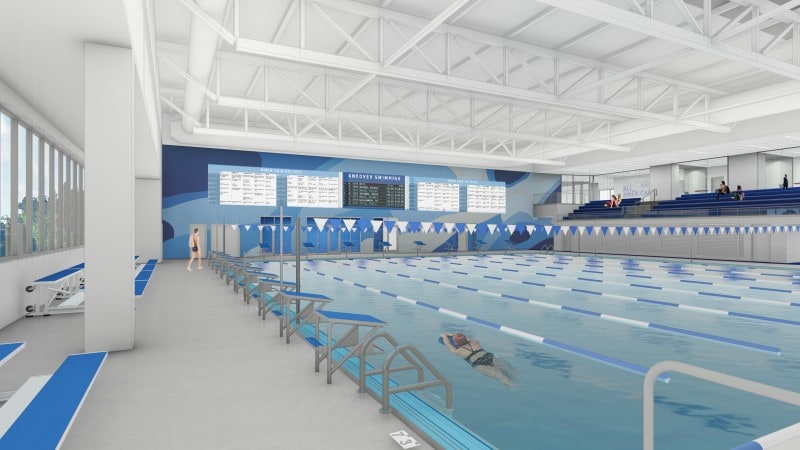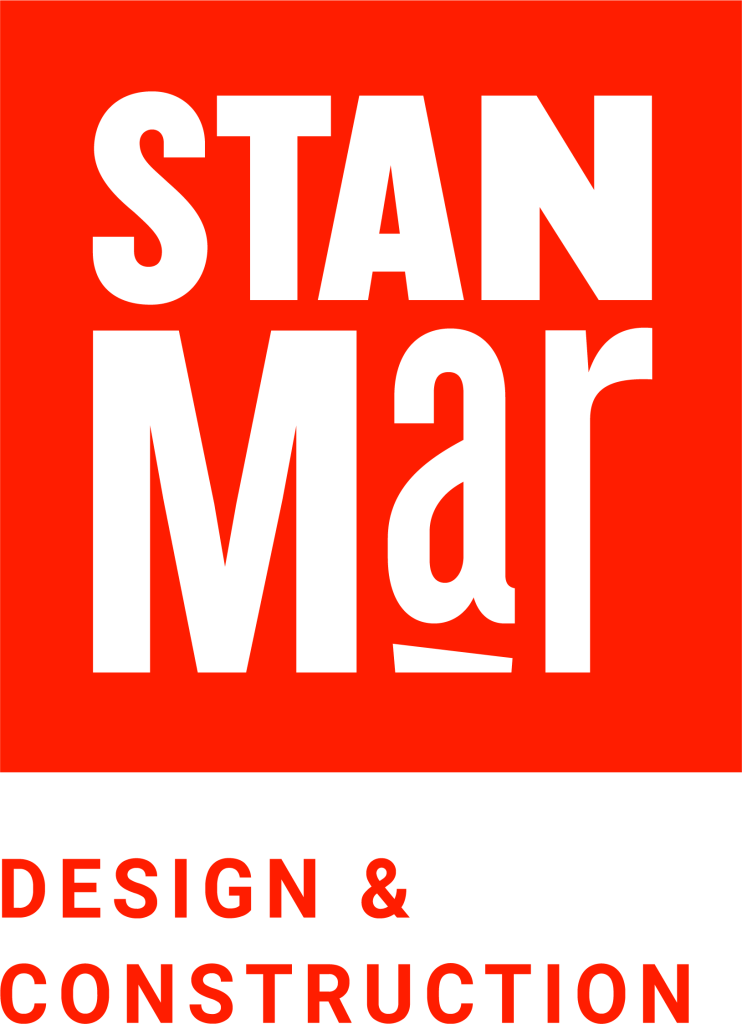No one likes to fall in love with a design and then be told by multiple contractors that it’s is too expensive: time to value engineer. This painful process comes after planning and design and before construction starts. To Stanmar, this is an entirely avoidable process. It all starts with asking the right questions at the right times during the pre-design and design phases of a project.
Owners who can visualize and articulate how their building will truly be used and how they hope it will be used in the future guide Stanmar to save our clients’ money by designing a building without bloat—without extra square footage, oversized mechanical units, etc.—that won’t be utilized. Other owners who might not be as experienced in the design and construction process sometimes need more guidance to define exactly what they need in a space.

In either scenario, one of the culminating factors is designing an efficient building once the program is defined. An efficient building is hard to “see,” but by designing the right size and right “hidden” features, our owners avoid having to scale back the amount of glass or use the go-to standard colors—classic value engineering decisions that reduce the aesthetic impact of a facility.
One question we ask seems simple: “Who will use the building, now and in the future”?
Recently, Stanmar asked two clients designing large natatoriums this question—take a look at the differences in response.
One client answered:
- Students and faculty
- Regional tournaments, national tournaments, rental opportunities, often in summer

Another client answered:
- Students and faculty
- In season (during winter) tournaments
- No rentals or regional/national Tournaments, limited use in summer

Client number one told us that the HVAC system needed to operate at full capacity in summer, which was a significant factor. Thus, we designed the system for the client with summer tournaments to meet this peak demand—and designed the system to work at large, but not full capacity, for the client who very clearly did not want to design to this peak load for national tournaments.
The difference between these two systems is hundreds of thousands of dollars—dollars we may have designed into the building if this one question hadn’t been asked or the owner had not been ready to clearly define users of the building.
When most design and construction teams do not ask this question—”Who will use the building, now and in the future?”—and, repeat it again and again throughout design, inflated prices and a painful value engineering exercise are often the result. It’s the responsibility of the design and construction team to ask the tough questions and guide the owner to provide a thorough answer. The result here is not only a project within budget, but often one with more program than originally expected.
Oliver Snider, President

